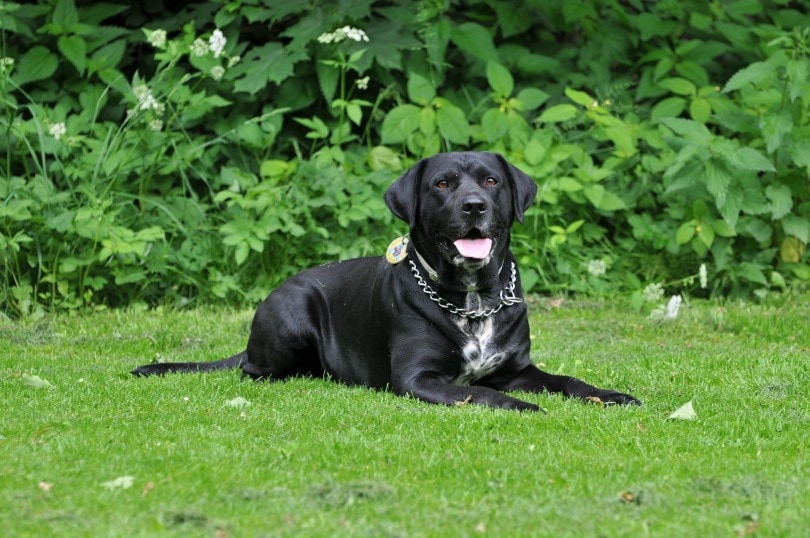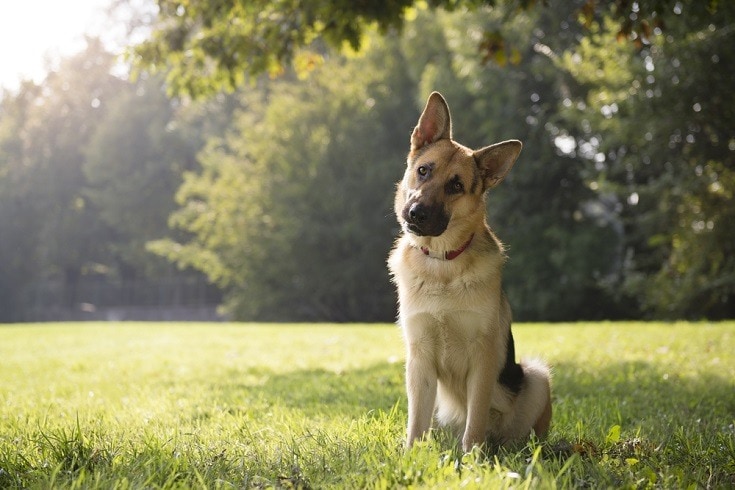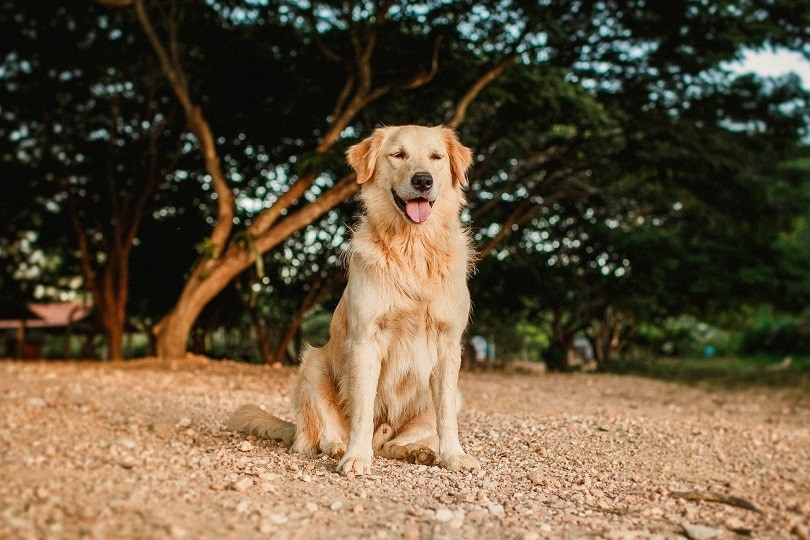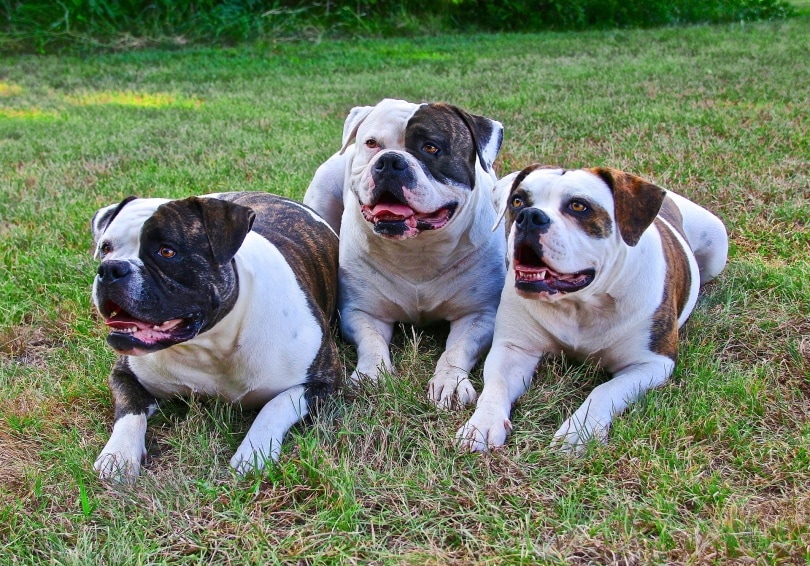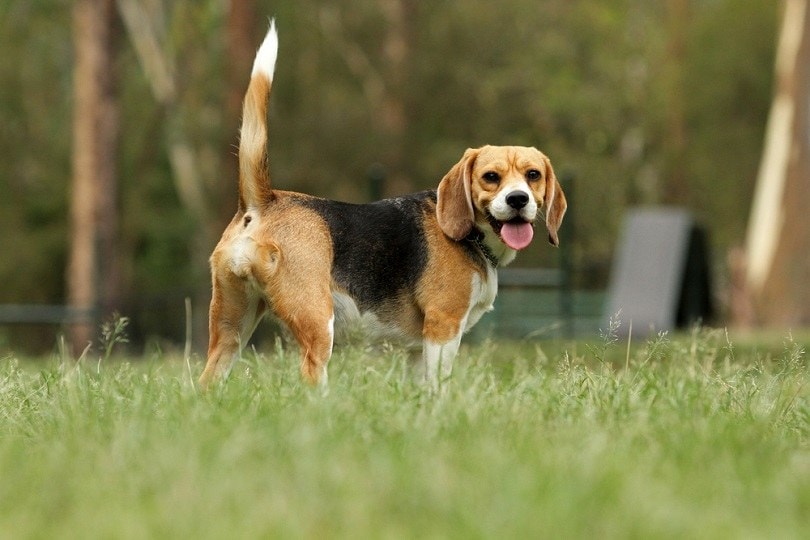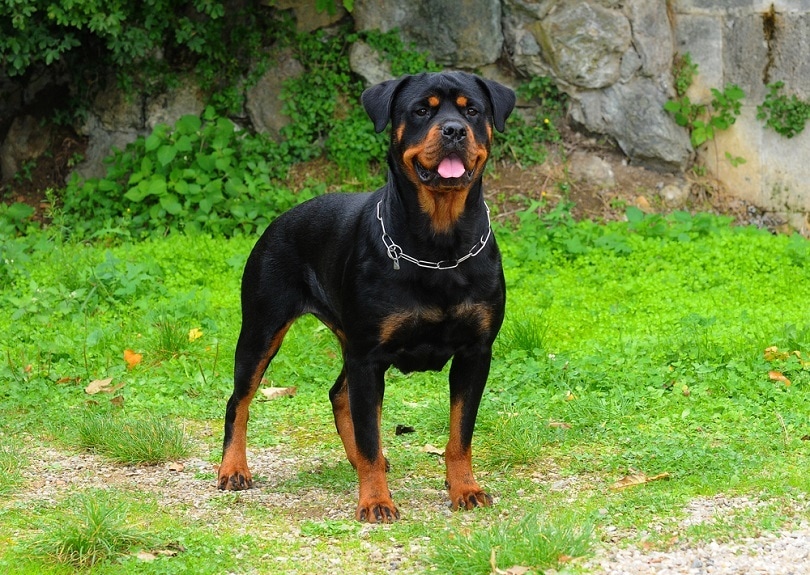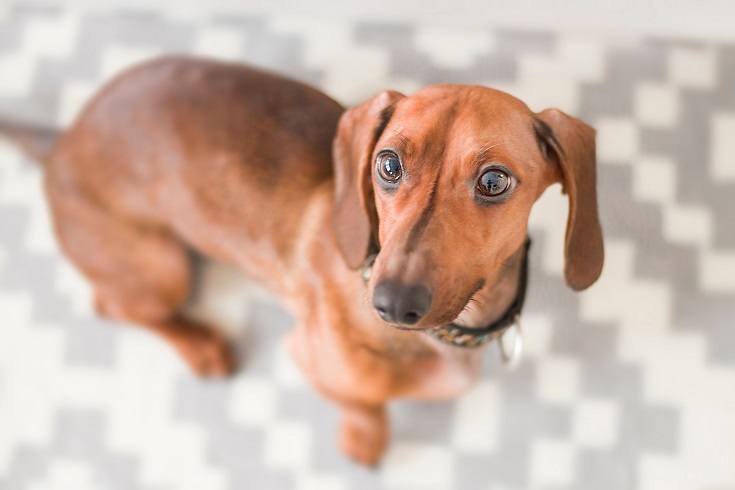A lot of doggy owners wonder if they need to brush their dog's teeth at all. After all, can't they just give them a dental chew or rawhide? The good news is that giving your pup the occasional dog chew is a good idea if done responsibly. However, there's more to it than that.
Dogs aren't as likely to get cavities as humans, but VCA Animal Hospitals states that more than two-thirds of dogs over the age of three have active gum disease. Gum disease is the most common pet dog ailment.
So, how can you prevent gum disease and keep your pup's teeth healthy? The answer is simple: by brushing their teeth regularly. Just like humans, dogs need to have their teeth brushed to remove plaque and tartar buildup.
Dogs need their teeth brushed because if they don't, their teeth will become dirty and plaque will build up on them. This can lead to gum disease and other health problems.
The best way to brush your dog's teeth is to use a toothbrush and toothpaste specifically made for dogs. You can find these at most pet stores. To brush your dog's teeth, put a small amount of toothpaste on the bristles of the brush and then let your dog lick it off. Once the toothpaste is gone, start brushing your dog's teeth in a circular motion.
Be sure to brush all of your dog's teeth, including the back ones. You should also brush your dog's tongue.
What Is Periodontal Disease in dogs?
Without regular dental care, a plaque from bacteria will accumulate on our pets' teeth and turn into tartar. This hard buildup of plaque and bacteria can inflame gums and cause everything from mild gingivitis to advanced periodontal disease.
If left untreated, all of these problems can cause severe pain for your dog, tooth loss, abscesses in their mouth, and/or bacterial infections that can spread throughout the bloodstream to vital organs. Periodontal disease is irreversible, but it is possible to prevent it with regular teeth cleanings.
What are the signs that my dog has bad dental hygiene?
There are a few signs that may indicate your dog has poor dental hygiene. If you notice any of the following, it's time to take action:
Bad breath is one of the most common and noticeable signs of poor dental hygiene in dogs. If your dog's breath smells especially foul, it could be a sign of gum disease or other dental problems.
If you notice your dog drooling excessively or pawing at its mouth, this could also be a sign of dental problems. In addition, if your dog is losing its appetite or having trouble eating, this could be a sign that its teeth are causing pain.
If you notice any of these signs, it's important to take action to improve your dog's dental hygiene. The good news is that there are a few simple steps you can take to help keep your dog's teeth clean and healthy.
The first step is to brush your dog's teeth on a regular basis. You can use a special canine toothbrush or a finger brush designed for dogs. There are also a variety of dog-friendly toothpaste available, so be sure to ask your veterinarian for a recommendation.
In addition to brushing, you can also give your dog dental chews or treats designed to help reduce plaque and tartar buildup. Be sure to read the labels carefully to choose products that are safe for dogs and effective at reducing plaque and tartar.
Finally, it's important to have your dog's teeth checked by a veterinarian on a regular basis. Your vet can spot early signs of dental problems and recommend the best course of treatment. By following these simple steps, you can help keep your dog's teeth clean and healthy for life!
Can I floss my dog’s teeth?
While it may sound logical to try and floss your dog’s teeth as you learn how to brush dog teeth, it’s not really a great idea. You will find that attempting to floss any dog’s teeth will be difficult and involve wrangling them down to the ground to hold them still.
This could be rather traumatic and honestly, it won’t provide the benefits worth it for the time involved. We recommend using rope toys, and other chews for dogs that help keep their teeth clean rather than using dental floss on a dog.
Is baking soda good for dogs' teeth?
Baking soda is a natural teeth whitener and can help remove stains from your dog's teeth. It is also a gentle abrasive, which can help remove plaque build-up. Be sure to use plain baking soda, as the flavored kind can be poisonous to dogs.
You'll also want to make sure you don't use too much baking soda, as it can be abrasive and damage your dog's teeth.
To brush your dog's teeth with baking soda, simply mix a small amount of baking soda with water to form a paste. Then, use a soft-bristled toothbrush to gently brush your dog's teeth. Be sure to avoid their gums, as baking soda can be irritating.
If you're looking for a more natural way to brush your dog's teeth, consider using coconut oil. Coconut oil is safe for dogs to consume, and can help reduce plaque and tartar build-up on their teeth.
To use coconut oil to brush your dog's teeth, simply rub a small amount of coconut oil onto their teeth and gums. You can also add a bit of water to help make the process easier. Be sure to avoid their gums, as coconut oil can be irritating.
If you're looking for a more traditional way to brush your dog's teeth, consider using dog toothpaste. Dog toothpaste is specifically formulated to be safe for dogs to consume, and can help remove plaque and tartar build-up on their teeth.
What if my dog doesn't like having his teeth brushed?
If your dog doesn't like having his teeth brushed, you may have to use a little bit of patience and perseverance. You may also want to try brushing your dog's teeth with a finger brush or a piece of gauze.
You can also try using a pet toothbrush that has a long handle so you can reach your dog's back teeth. You may also want to try using a water additive that is designed to help reduce plaque and tartar buildup on your dog's teeth.
Can I reward my dog when I brush his teeth?
Yes! It's important to make the experience as positive as possible for your dog. Choose a time when he is relaxed, use gentle strokes, and give him lots of praise and rewards.
If your dog is resistant to having his teeth brushed, you may need to start by slowly getting him used to the idea. Try touching his teeth with a damp cloth or gauze pad and rewarding him with a treat when he allows you to do so.
Once your dog is comfortable with you touching his teeth, you can start using a canine toothbrush and pet toothpaste. As with anything new, introduce these items gradually and make sure to praise your dog for accepting them.
To brush your dog's teeth, put a small amount of toothpaste on the toothbrush and gently brush the outside surfaces of the teeth. Be careful not to get any toothpaste in your dog's eyes. Then brush the inside surfaces of the teeth. Finish by gently rubbing his gumline with your thumb.
Can food or treats help clean my dog's teeth?
There are a few different types of food and treats that can help clean your dog's teeth. crunchy kibble and biscuits can help remove plaque and tartar build-up from your dog's teeth. Raw bones and chew toys can also help scrape away plaque and tartar.
Look for products that are specifically designed to clean your dog's teeth. There are a variety of brushes, toothpaste, and rinses available that can help remove plaque and tartar from your dog's teeth.
How often should I brush my dog's teeth?
Ideally, you should brush your dog's teeth every day. However, if that is not possible, aim to brush your dog's teeth at least three times a week.
Can I brush my dog's teeth three times a week?
It is not bad to brush your dog's teeth three times a week. If you cannot brush your dog's teeth every day, brushing them three times a week is still better than not brushing them at all.
What are the best products for brushing my dog's teeth?
The best products for brushing your dog's teeth are those that are specifically made for dogs. You can find these at most pet stores. You may also want to consider using a water additive that is designed to help reduce plaque and tartar buildup on your dog's teeth.
What else can I do to keep my dog's teeth clean?
In addition to brushing your dog's teeth, you can also give him dental chews and toys to help keep his teeth clean. You can also feed him a healthy diet that includes crunchy fruits and vegetables.
You should also have your dog's teeth checked by a veterinarian at least once a year. This will help ensure that his teeth are healthy and that there are no problems.
How can I get plaque off my dog's teeth at home?
There are a few things you can do at home to help remove plaque from your dog's teeth. This includes feeding him crunchy fruits and vegetables, giving him dental chews, and brushing his teeth regularly.
You should also have your dog's teeth checked by a veterinarian at least once a year to ensure that his teeth are healthy and that there are no problems.
Can I use Colgate for my dog?
While Colgate is safe for humans, it is not safe for dogs. The ingredients in Colgate can be harmful to dogs if ingested. If you want to brush your dog's teeth, there are special toothpaste made specifically for dogs that are safe to use.
How do I choose the best product to brush dog teeth?
There are a few things you should look for when choosing a product to brush your dog's teeth. First, make sure that the product is safe for dogs. Second, choose a product that is easy to use and that will not irritate your dog's gums.
Finally, make sure that the product you choose is designed to remove plaque and tartar from your dog's teeth. There are a number of different products on the market, so be sure to compare a few before making your final decision.








